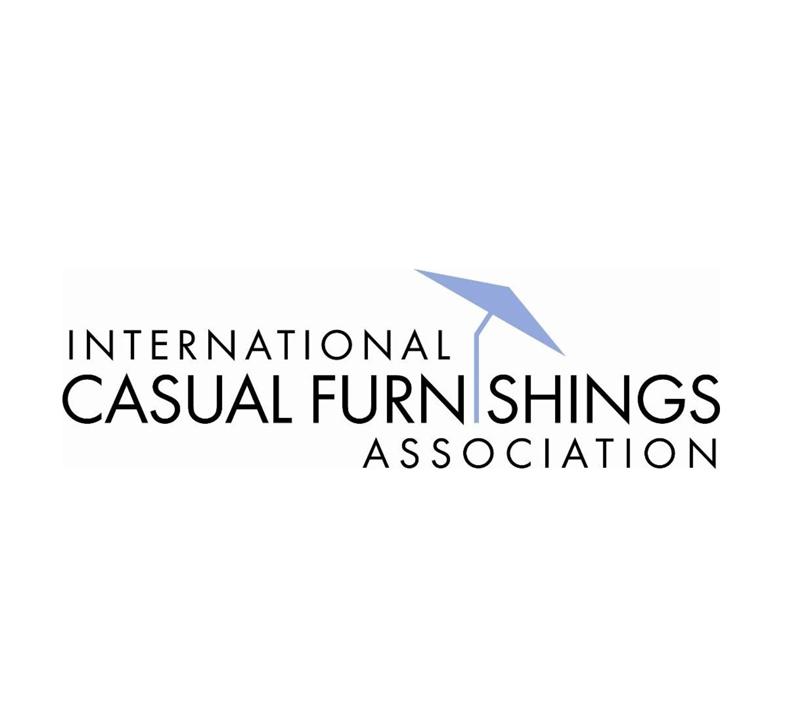As stay-at-home orders and social distancing mandates continue to interrupt the industry’s prime selling season for outdoor furnishings, the most recent survey of International Casual Furnishings Association (ICFA) members reflects mounting financial concerns, along with increasing reductions in staffing levels and advertising spends.
Second in a series, the new survey was fielded for the association by research firm Industry Insights between Monday, April 6, and Wednesday, April 8, and clearly demonstrates an escalating crisis. As example, in the first survey, only 1 percent of organizations reported having an employee with COVID-19. Three weeks later, that figure had climbed to 8 percent. At the same time, the financial impact of the ongoing crisis is growing more severe, and the number of organizations reporting that they were experiencing a direct hit from COVID-19 increased from 52 percent in the first survey to 81 percent in the second survey.
Another stark difference in just a matter of weeks: In the first round of questions, most organizations planned to hold employee staffing levels intact and maintain spending levels for advertising and technologies. In this round, more than half of those surveyed expect staff reductions. Indeed, some 32 percent reported furloughing, laying off or terminating employees since March 1.
Additionally, almost 25 percent of respondents reported making “major” reductions in advertising, with another 31 percent describing their reductions as “moderate.” Technology spends have been less negatively impacted, with just 16 percent reporting “major” reductions. Another 26 percent characterized technology reductions as “moderate.”
While no industry segment is being spared from the pandemic’s effect on business, retailers continue to be the most heavily impacted group. “This is our peak selling season and current sales are about 50 percent below where they were last year at this time,” said one dealer. Noted another, “We are closed during the beginning of patio season. This really hurts our business.”
“The timing of the virus-related closure at retail comes at a time when most retailers are full of inventory,” related one supplier. “If they are not able to sell effectively during the critical months of April through July, the impact on the industry will be significantly felt for the next 12 months as pre-season purchases in the fall will be minimal.”
Since the first survey, many more organizations (85 percent) are now distancing their employees and 82 percent have cancelled all in-person meetings and group activities. A little more than half (56 percent) also have at least some employees working from home. Yet, among the most important action steps planned, nearly 68 percent reported they had applied for or intended to apply for loans through the Paycheck Protection Program as part of the CARES Act. Of these, 64.5 percent said they plan to hire back recently laid off and furloughed employees once the loan has been disbursed. Another 22 percent plan to apply for a loan through the Economic Injury Disaster Loan (EIDL) Program.
As for when executives anticipate the crisis will pass and day-to-day operations will return to pre-COVID-19 status, results were mixed with 26 percent responding one to two months, 27 percent answering two to three months from now, and 22 percent four to six months from now. This pushes the envisioned date for normalcy from June 1 in the original survey to sometime in late July.
According to Jackie Hirschhaut, executive director of the ICFA, the most positive findings from this survey are the expectations for how quickly businesses will return to their offices, traveling and large group events and conferences when the danger passes. “Nearly three-quarters of the companies surveyed plan to immediately return their workforce to the office once the ban is lifted,” she reports, “and 94 percent plan to return within three months.”
That’s good news for sales teams. As one independent sales rep remarked, “The majority of what I do is travel through my territory and not being able to travel really effects my ability to help my accounts.” Summed another, “As a manufacturer’s rep, the only way we earn is to be out on the road selling and servicing our dealers. The dealer is our lifeline and when they are closed, we and the factories are out of business. We earn when merchandise ships.”



